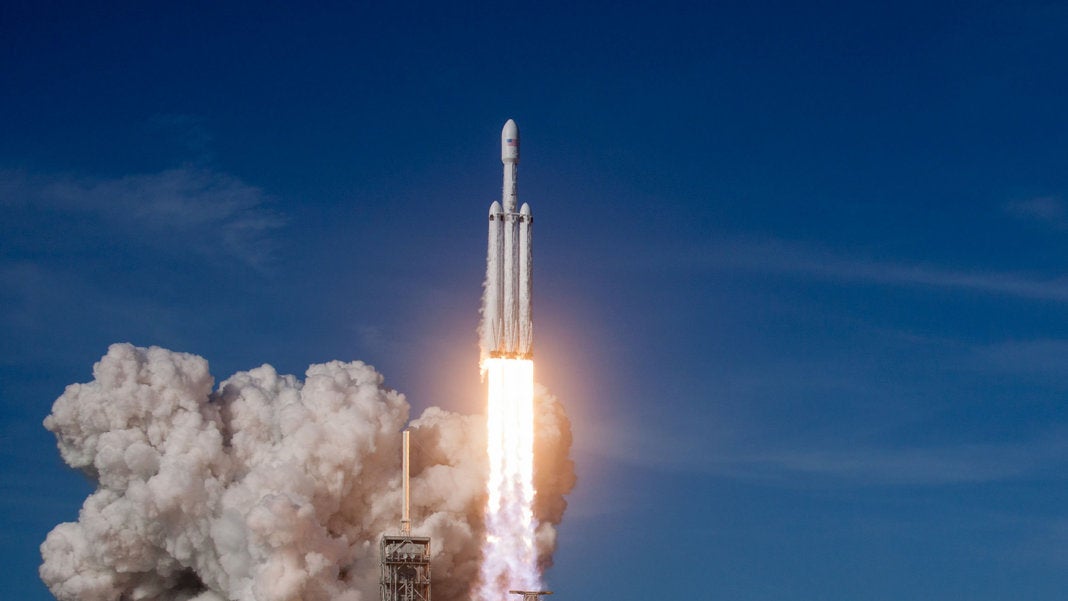SpaceX Falcon Heavy is going to launch Hughes’s Maxar-built Jupiter-3 geostationary communications satellite. It was revealed during an industry conference on March 21st, 2022. According to Hughes, the satellite launch is on track to launch in the fourth quarter of 2022.

However, after the initial announcement, Maxar announces that the Jupiter -3 launch will be delayed. It would be no nearer than early 2023, as the completion of the satellite would take time. In addition to this, Jupiter 3 also revealed that (also known as Echostar 24) will weigh around 92. metric tons as it is ready for the launch. That was when the questions were raised, about which rocket launching the satellite. It was updated that Flacon Heavy will be used, not Falcon 9 as regular launches.
Thanks to @JasonRainbow for confirming that @EchoStar's massive Jupiter-3 satellite will indeed be launching on #SpaceX Falcon Heavy, not Falcon 9 as previously reported.
With a mass of 9,200 kg, as per @pbdes, F9 never made much sense.
Updated article: https://t.co/mvZTNuCAwc
— ElonX.net (@ElonXnet) May 16, 2022
In the documents that were revealed initially, it was stated that the satellite would weigh around 5817 kilograms. In 2018 July there was a record-breaking launch by sending the heaviest commercial geostationary satellite on Flacon 9. The Telesat’s 7076 kilograms Telstar 19V was delivered by launching into geostationary transfer orbit (GTO). While the launch was successful, the transfer to launch Telstar 19V needed the satellite to do More than rising to orbit.
Breaking records
However, in hindsight, Jupiter 3’s 5.8-ton dry mass should have already made it clear that that was unlikely. Telstar 19V, for example, had a reported dry mass of just over 3 tons (~6700 lb), meaning that more than half its wet mass was fuel for orbit-raising and maneuvers. In more normal cases, large geostationary satellites tend to launch with an extra 50-80% of their dry mass in fuel, not ~130%. Even at the low end of large geostationary satellites, Jupiter 3 was likely to have a launch mass of well over 8 tons.
At 9.2 tons, Jupiter 3 will leapfrog the world record for the largest commercial geostationary satellite ever launched by 30%. Barring the possibility of secret military spacecraft, it will likely be the heaviest spacecraft of any kind to reach geostationary orbit 35,785 km (22,236 miles) above Earth’s surface. More importantly, Jupiter 3 may also have the heaviest dry mass of any spacecraft to reach GEO, meaning that the actual hardware it will use to fill its role as a communications hub will also be exceptionally large and powerful. Jupiter 3 will deliver a maximum bandwidth of 500 gigabits per second.
With its exceptional heft, a recoverable Falcon 9 launch may have only been able to loft Jupiter 3 around half the way to GTO from low Earth orbit (LEO). It was little surprise, then, to learn that Hughes and Maxar had actually selected SpaceX’s far more capable Falcon Heavy rocket to launch the satellite.












